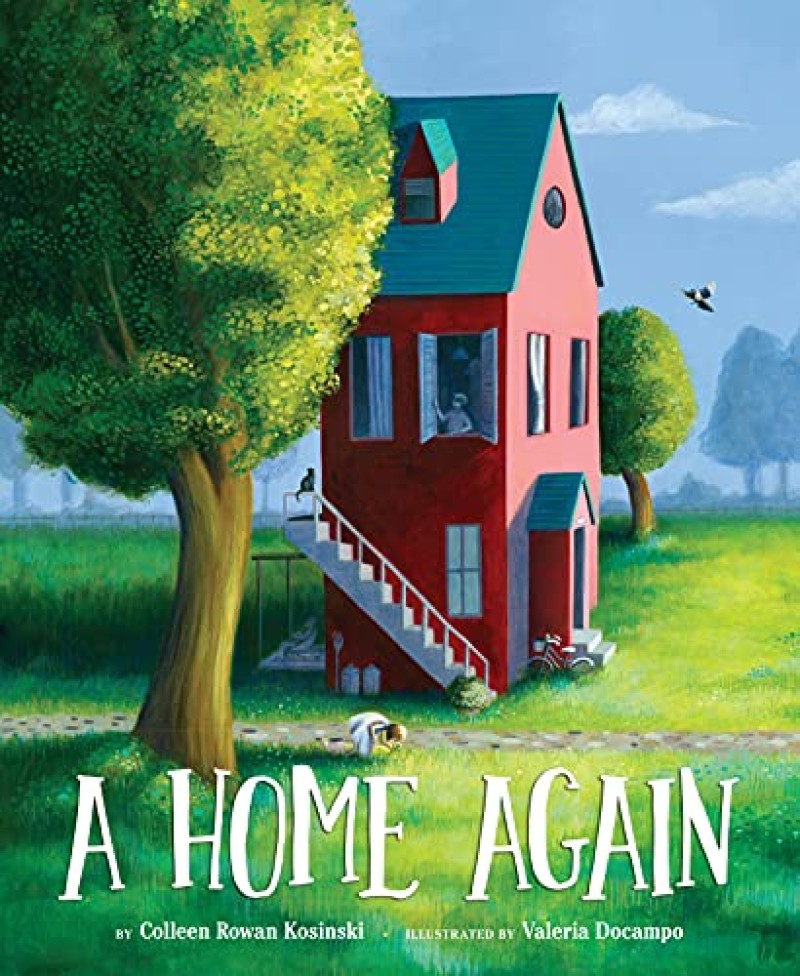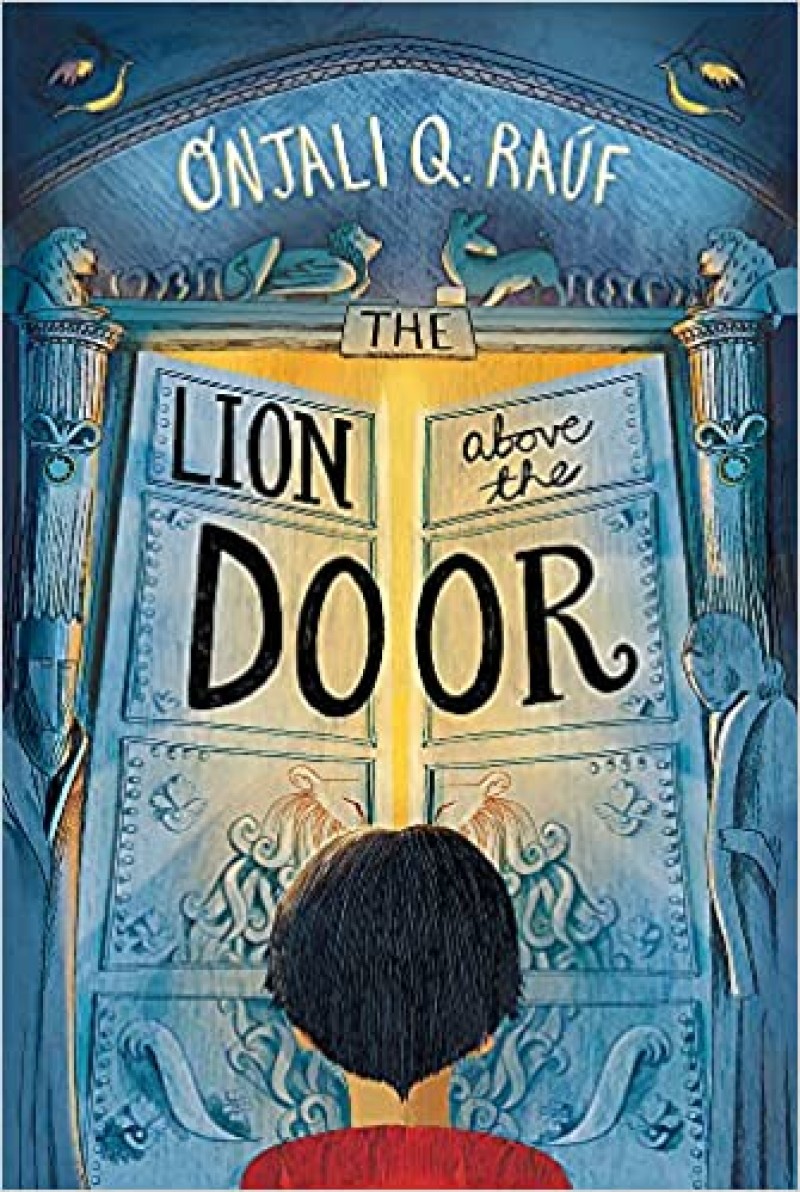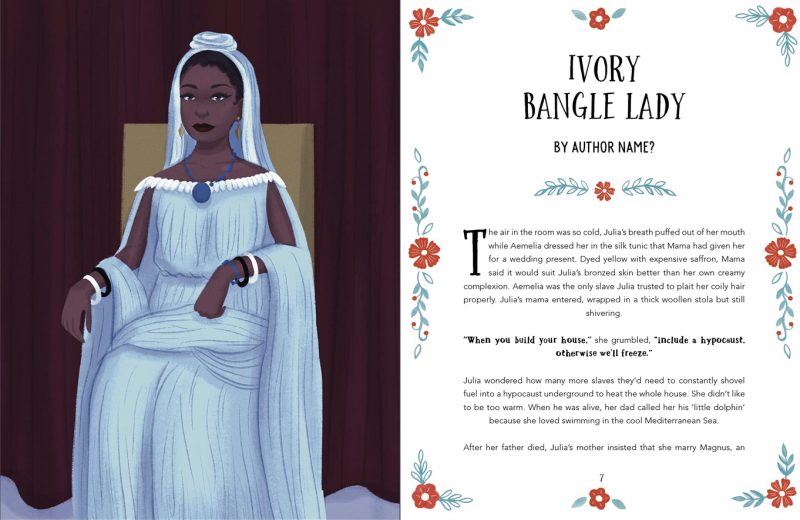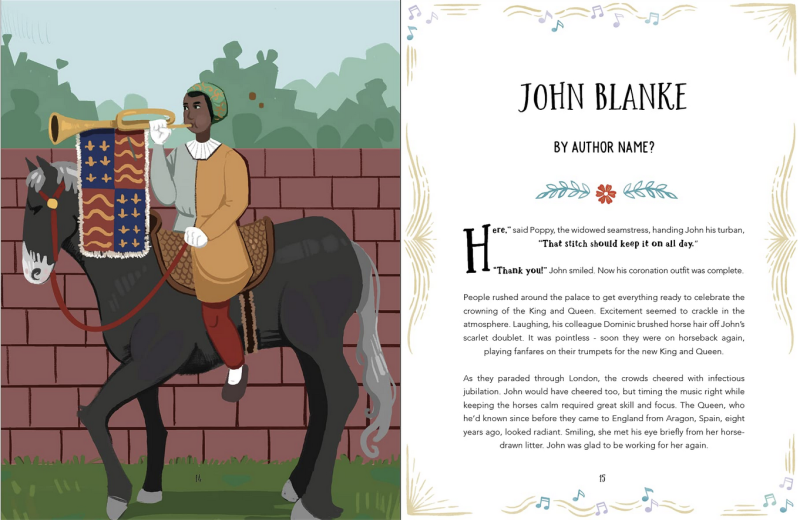Posted on: 01/11/2021
If walls could talk, what a tale they might have to tell! Buildings, places… they can soak up history, joy, sadness and become living monuments –of sorts– of times from the past: good and bad. But sometimes, history is hidden; altered. Sometimes there are omissions and the stories that ought to be told and known remain silent… that is, until someone shares the narrative. Take the story of Hidden Figures, told through film, narrative and condensed picture- book version by Margot Lee Shetterly (which your children may study in KS2): it wasn't until the story of the four Black women who were instrumental in getting man on the moon was told that the world realised just how much history has been missed prior to now. Telling such stories, bringing life to such narratives and ensuring that children can see themselves – and others’ – realities and lived experiences reflected in a text is precisely what this month’s choice of new children’s literature does. You’ll find themes of difference and feeling othered; racism; vitiligo; single-sex families and love: always love!
A Home Again by Colleen Rowan Kosinski, illustrated by Valeria Docampo (Two Lions, 1st November 2021)
On the subject of walls that can talk and on a history being held within the very fabric of a building, the narrator of this beautiful book is the house: I was ready for my family to move in. My timbers trembled in anticipation. The family moves in and, filled with the delicious scent of baking and the joyful sounds of children, the house comes to realise that he is more than a house… a home. Their home. But then one day, the family– children all grown up– leave. The house feels bereft: the family, their family, belong there and no-one else so when prospective buyers attend viewings, the house does all it can to put them off, shaking; creaking. The building becomes dilapidated and near-uninhabitable, so unloved it is until: Then a day came when two men walked up my driveway. Still the house tries to put them off, swelling its door closed but undeterred and able to see potential, the couple declare the house ‘perfect’. Lovingly, they restore the house to its former glory and when they walk through the front door carrying a giggling baby, the house realises that it has become a home again. Such a sweet book to talk about pride and respect in property but also about different families and the fact that maybe this adoring couple and their little one managed to see past the physical ‘flaws’ of the house and sense the love and joy that had once lit up the home, knowing that they too would be happy there.
Perfect for children in year 2/3 and with nice links to make with House Held up by Trees by Ted Kooser and John Klassen, if the children are familiar with this.

The Lion Above the Door by Onjali Q. Rauf (Orion Children’s Books, 14th October 2021)
In this pacy narrative, we meet two friends who, although very different from one another, have an unbreakable bond. This bond has been forged through the fact that they are the only two children in the school –and in their tiny village– who look ‘different’ to anyone else. Both Sangeeta - incredibly clever and confidence-filled and narrator, Leo –curious and perceptive– are racially bullied.
Discussing the history books they are studying World War 2 through, the friends realise that no-one ever looks like them within these books. When the children attend a school-trip to a War Museum and a cathedral, in which there is a memorial, the children wonder about the untold stories of their ancestors’ involvement during the war... ‘It was as if people who look like us hadn’t existed at the time...’ But when classmate, Drew, spots a familiar name on a wall of remembrance, Leo is astonished to find that it is indeed familiar: it’s Leo’s first, middle and last name. He did have a family member take part in the war-effort... Leo feels an instant connection to this fallen soldier from the past with his name! He vows then and there to speak up for himself –and others– and, ultimately, give voice to others and tell their stories. But finding the information isn’t going to be easy and it becomes clear that the buildings won’t necessarily relinquish the hidden stories willingly.
The burden that main protagonist Leo feels is palpable: he’s acutely aware of the reactions of the other villagers; the stares; the fear borne out of ignorance and the need he and his father feel to ‘always be on their best behaviour’ lest they frighten others. Onjali’s frank exploration of a child’s lived experience of racism and feeling of not being ‘normal’ is confronting but so important.
A brilliant read-aloud novel and important addition to book corners for children in years 4-6.

Beautiful black Tales from the Past with a foreword by Candice Brathwaite (Scholastic, 7th October 2021)
Beautiful both by name and by the words within the pages, this new collection of bedtime stories championing Black authors and illustrators is filled with empowering and inspirational stories. Many of the stories are little-known and in a parallel to the stories told through the characters’ sleuthing in The Lion Above the Door, there are tales of war-time contributions and involvement including that of Dr Harold Moody. Sailing from his birthplace of Kingston, Jamaica to England to join his brothers at the age of 21, he trained as a doctor. And what resilience he had! Upon arrival in London, no-one would rent him a room initially; once qualified as a doctor, he was turned down for a position at King’s College Hospital; he was rejected again when applying for a medical officer’s role on the Camberwell Board of Guardians. All rejections were for the same reason… But Harold refused to let racism hold him back. Instead of being upset and giving up, he decided to seek out change and opened his own surgery in Peckham, South London. He put people ahead of money, often giving free treatment and ran into danger on the fateful day in 1944 when London’s New Cross Road branch of Woolworths was bombed during the day killing 168 people and injuring countless others. He was for the people and very much of the people. And he was filled with love for helping others.
The text is rich with similar stories of resilience and beautiful details about the plethora of cultures represented from within the diaspora. Each short story is followed by a glossary and at the end, each contributing author and illustrator are credited with their photo and bio: this representation and championing of Black creators is every bit as empowering as the stories they have told. Included in the array of talent is Sarah Mirkin: at just aged 7, her contribution is sensational! Winner of ground-breaking magazine Cocoa Girl’s Scholastic competition, her piece appears first in the collection and tells the story of the Krios of Freetown, Sierra Leone: let me take you back to the beginning and what might have happened to my great great, great, great grandparents. Mirkin explains that the culture comprised of people who came not from just one country or spoke just one language and described Krio culture like a mix of strawberry jam, pear juice, vanilla ice cream and chocolate chunks that you will think doesn’t work but it works. Such a clever and insightful seven-year-old!
The foreword (and –arguably– this part of our review should have come at the beginning, but there is good reason for finishing with this) by Candice Brathwaite is both confronting and essential in message: Brathwaite, author of I am not your Baby Mother (a must-read for all parents), journalist and TV presenter, reflects upon the lack of representation in literature that she was acutely aware of as a child. Telling of the first time her own daughter experienced racism, aged just 4, she acknowledges her shock that most of the figureheads written about, I had never heard of. Feeling my heart swell with pride, it became apparent that the feeling of being counted and being able to see myself would have been not just brilliant but more impactful for me to have come across when I was a child. I truly believe in the saying “you cannot be, what you cannot see’’.
Essential reading for all parents and all children, Brathwaite concludes: I hope the parents of children who aren’t black use this book as a way to open conversations around race, acceptance and what makes people wonderfully unique. And I hope –well, I know– that parents of black children will feel as though this book was made with them in mind and that we matter. Because it was and we do, always.




Posted in: Literature Review
KS: Lower KS2, R & KS1, Upper KS2
Year Group: Reception, Year 1, Year 2, Year 3, Year 4, Year 5, Year 6